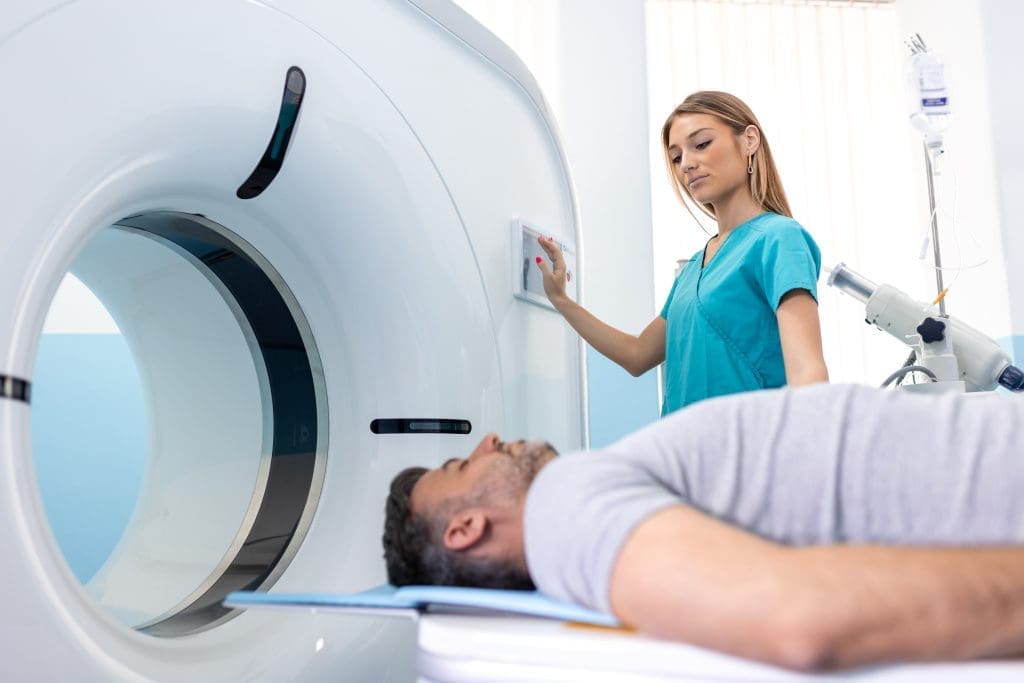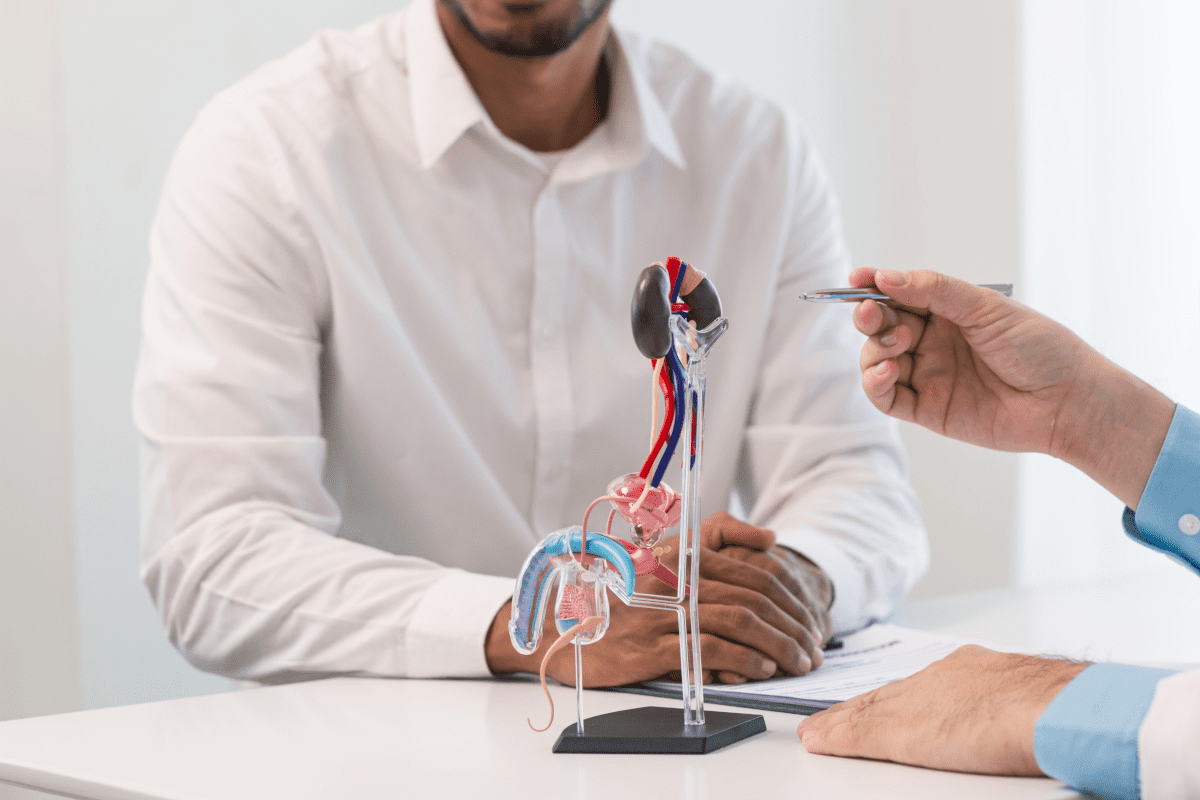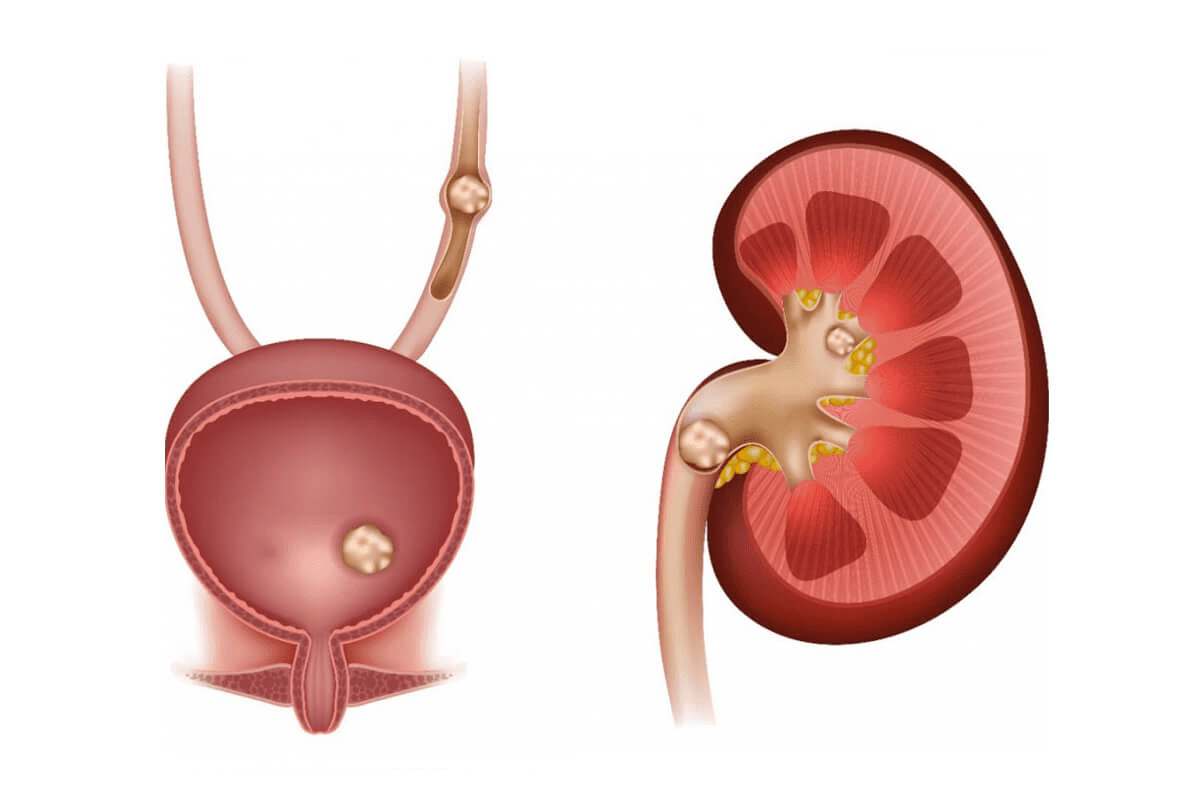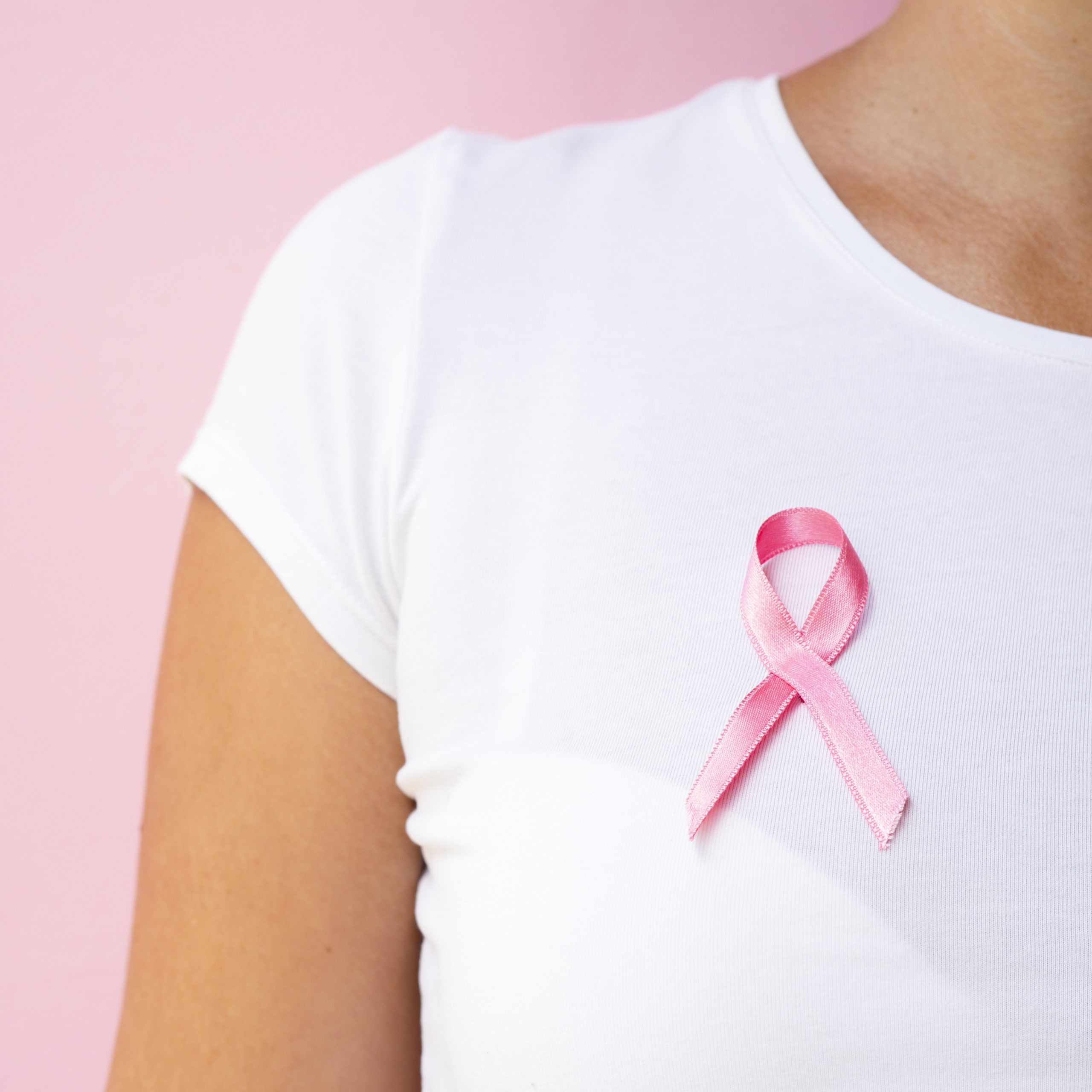Last Updated on November 27, 2025 by Bilal Hasdemir
Radioactive iodine treatment is used for thyroid issues like cancer and hyperthyroidism. A big part of this treatment is keeping patients away from others after it’s done to stop radiation spread. This leads many to ask, “Why do you have to stay away from people after radioactive iodine? since isolation is one of the most important safety steps. The thyroid gland takes in the radioactive iodine, given as a liquid or pill. It then gets rid of it through urine, sweat, and saliva over a few days.
While they’re getting rid of it, patients can spread radiation to others. Patients need to know how long they need to stay isolated. They also need to understand the side effects and how long they’ll be radioactive.
Key Takeaways
- Radioactive iodine is used to treat thyroid cancer and hyperthyroidism.
- Patients must isolate themselves after treatment to avoid radiation exposure.
- The body expels radioactive iodine through urine, sweat, and saliva.
- The duration of radioactivity varies but generally lasts several days.
- Understanding post-treatment precautions is key for patient safety and others.
Understanding Radioactive Iodine and Nuclear Medicine Procedures

It’s key to know about radioactive iodine in nuclear medicine for those getting tests or treatments. This substance is used to treat thyroid cancer and hyperthyroidism. It shows its importance in treating thyroid issues.
What is radioactive iodine and how is it used medically?
Radioactive iodine, or radioiodine, is iodine with a radioactive element. It’s used to diagnose and treat thyroid problems, like cancer and hyperthyroidism. The thyroid gland absorbs it, making treatment targeted.
Key medical uses of radioactive iodine include:
- Treating thyroid cancer by destroying remaining thyroid tissue after surgery.
- Managing hyperthyroidism by reducing thyroid hormone production.
- Diagnosing thyroid disorders through thyroid uptake tests.
Types of nuclear medicine imaging tests
Nuclear medicine tests use small amounts of radioactive materials. They help diagnose and treat diseases like many cancers, heart disease, and more.
Some common tests include:
- Myocardial Perfusion Imaging (MPI): Evaluates heart function and coronary artery disease.
- Positron Emission Tomography (PET): Assesses bodily functions, like metabolism and blood flow.
- Bone Scintigraphy: Diagnoses bone diseases and detects bone metastases.
The purpose of myocardial perfusion imaging nuclear stress tests
Myocardial perfusion imaging tests check the heart’s function under stress. This is usually done through exercise or medicine. They help find coronary artery disease and heart risk.
The test uses a radioactive tracer injected into the blood. It shows how blood flows to the heart muscle. Images are taken at rest and under stress to compare blood flow.
Benefits of myocardial perfusion imaging nuclear stress tests include:
- Accurate diagnosis of coronary artery disease.
- Assessment of heart function and viability.
- Guidance for treatment decisions, such as the need for angioplasty or bypass surgery.
The Science Behind Radiation Exposure
It’s important to know how radiation works for those getting nuclear medicine tests. Different medical tests use different kinds of radiation. This can affect the body in various ways.
Types of Radiation Used in Medical Procedures
Nuclear medicine tests use gamma rays and positrons. Gamma rays are often used for scans like bone and heart tests. The type of radiation depends on the test’s purpose.
Positron Emission Tomography (PET) scans use special isotopes to show how active body parts are. A study in the Journal of Nuclear Medicine says PET scans are key in finding diseases.
How Radiation Affects the Human Body
Radiation can damage cells by ionizing them. The damage depends on the dose and how long you’re exposed. High doses can cause serious sickness, while low doses might raise cancer risk.
The body reacts to radiation in many ways. The National Cancer Institute explains that radiation can harm DNA, leading to cancer.
Measuring Radiation Exposure in Nuclear Medicine
Doctors measure radiation in nuclear medicine with sieverts (Sv) and grays (Gy). The sievert considers how different parts of the body react to radiation.
Experts use these measurements to give patients the least amount of radiation needed. This follows the ALARA rule, which means as low as reasonably achievable.
Why Isolation is Necessary After Radioactive Treatments
Isolation after radioactive treatments is needed because of the risks of radiation. When a patient gets treated with radioactive iodine, they can spread radiation to others. This is a big concern.
External Radiation Emission Concerns
One major worry is the radiation that can spread outside the body. The treatment releases radiation that can reach others. But, this radiation gets weaker as it decays and leaves the body.
To keep others safe, patients should stay away from people who are more at risk. This includes pregnant women and kids. The exact distance and time needed for isolation depend on the treatment and how much radioactive material was used.
Bodily Fluid Contamination Risks
There’s also a risk of contamination through bodily fluids. Radioactive iodine is found in urine, saliva, and other secretions. This means touching these fluids can spread contamination.
To lower this risk, patients must wash their hands often. They should use separate bathrooms and flush the toilet a few times after each use. These steps help prevent spreading contamination to others and the environment.
Protecting Vulnerable Populations from Secondary Exposure
Groups like pregnant women, kids, and those with weak immune systems are more at risk. It’s very important for patients to avoid close contact with these groups.
They should not touch or share food with these people. Also, they should not spend too much time near them. By doing this, patients can greatly reduce the risk of exposing vulnerable populations to radiation.
Comprehensive Precautions After Nuclear Stress Test
To stay safe and cut down on radiation after a nuclear stress test, follow certain steps. These steps help lower the risk of radiation to others and keep the patient safe. They are important while the radioactive tracer is leaving the body.
Immediate Post-Test Safety Protocols
Right after the test, patients need to follow some key safety steps. Drink lots of water to help get rid of the radioactive tracer. Also, keep a safe distance from others, like pregnant women and kids, to avoid radiation.
“Following the safety steps is key to lowering radiation risk,” says experts. This shows how important it is to stick to the post-test precautions.
Distance and Time Recommendations for Family Members
To keep family members safe from radiation, patients should keep a safe distance. The exact distance and time may change based on the tracer used and the patient’s health. Usually, sleep in a separate bed the first night. Avoid hugging or kissing for a few hours after the test.
Handling Personal Items and Waste Materials Carefully
Patients should be careful with their personal items and waste. Wash hands well after using the bathroom and flush twice after each use. Handle bodily fluids like urine or saliva carefully. Don’t share items like utensils or drinking glasses.
By taking these steps, patients can reduce radiation exposure for themselves and others. This ensures a safe and healthy environment after the test.
Duration of Radioactivity: How Long Are You Radioactive?
It’s important to know how long radioactive materials stay in your body after a nuclear test. The time it takes varies based on the test type and your body’s metabolism. The specific tracer used also plays a role.
Typical Radioactive Periods After Different Nuclear Procedures
Radioactive tracers in the body have different half-lives. For example, Technetium-99m, used in stress tests, has a half-life of six hours. This means its radioactivity halves every six hours.
The Nuclear Regulatory Commission says the dose to others from a patient is usually small. This is because the amount of radioactive material is carefully controlled.
Factors Affecting Radiation Clearance from the Body
Several factors affect how fast radioactive substances leave the body. These include:
- The type and amount of radioactive tracer used.
- The patient’s metabolic rate.
- Hydration levels, as drinking plenty of water can help flush out the radioactive material.
Drinking plenty of fluids after a nuclear stress test is often recommended to help eliminate the radioactive tracer from the body more quickly.
When It’s Safe to Resume Normal Activities and Close Contact
Radioactivity from a nuclear stress test decreases quickly, usually within a few hours to a couple of days. Most guidelines say it’s safe to resume normal activities and close contact with others, including children and pregnant women, within 24 to 48 hours after the test.
“The exact timing can depend on the specific radioactive tracer used and individual factors, so it’s best to follow the specific instructions provided by your healthcare provider.”
In conclusion, while radioactivity duration varies, knowing the factors and following guidelines can help minimize exposure. This ensures a safe return to normal activities.
Different Types of Nuclear Stress Tests and Their Safety Profiles
There are many nuclear stress tests for heart conditions, each with its own safety level. It’s important for patients to know these differences to make good choices about their health.
Treadmill Nuclear Stress Tests vs. Chemical Stress Tests
Nuclear stress tests fall into two main categories: treadmill and chemical tests. Treadmill tests use exercise to stress the heart, with a radioactive tracer to see how it works. Chemical tests, like Lexiscan, mimic exercise without physical activity.
Which test you get depends on your health and fitness level. If you can’t exercise, you might get a chemical test. Remember, nuclear treadmill stress test side effects are usually mild, like feeling tired or dizzy.
Lexiscan and Other Pharmacological Stress Agents
Lexiscan is a common drug that makes blood flow to the heart like exercise does. Other drugs might be used based on your needs and your doctor’s choice. These are good for people who can’t do physical tests.
Lexiscan tests are mostly safe, but you might feel a headache, dizziness, or flushing. These feelings don’t last long.
Radioactive Tracers Used and Their Specific Precautions
The tracers in nuclear tests help see the heart’s function. They give off small amounts of radiation, which cameras detect to make heart images. Each tracer has its own safety level.
It’s key to know about radioactive tracer side effects, like radiation exposure. But, the test’s benefits usually outweigh the risks, as long as you follow safety steps. Always listen to your doctor’s post-test advice to keep radiation exposure low.
Common Side Effects of Nuclear Stress Tests
It’s important to know about the side effects of nuclear stress tests. These tests help find heart problems but can cause physical reactions and other effects.
Expected Immediate Physical Reactions
Right after a nuclear stress test, you might feel some side effects. This is because of the radioactive tracer and the test itself. You might feel:
- Dizziness or lightheadedness
- Headache
- Nausea
- Fatigue
These feelings are usually mild and go away quickly.
Nuclear Stress Test Side Effects Next Day
The day after, some side effects can last. You might feel:
- Persistent fatigue
- Soreness at the injection site
- Mild headache
Resting and drinking water can help your body get better.
Distinguishing Normal Side Effects from Complications
Most side effects are normal and short-lived. But, sometimes you need to see a doctor. If you have:
- Severe chest pain
- Shortness of breath
- Severe headache or dizziness
| Side Effect | Normal Duration | When to Seek Medical Attention |
| Dizziness/Lightheadedness | A few hours | If persists or is severe |
| Headache | 1-2 days | If severe or accompanied by other symptoms |
| Fatigue | 1-2 days | If persists beyond 2 days |
Knowing about common side effects and when to get help makes your test journey easier.
Post-Procedure Care and Recovery Strategies
Recovering well after a nuclear stress test is key. It involves following certain strategies to reduce radiation and get back to normal life smoothly.
Hydration and Elimination Strategies to Reduce Radiation
Drinking lots of water is a great way to cut down on radiation after the test. It helps get rid of the radioactive tracer from your body. Aim for 8 to 10 glasses of water in the first 24 hours.
Tips for Hydration:
- Drink water all day long.
- Stay away from caffeinated and alcoholic drinks, as they can make you lose water.
- Check your urine to make sure it’s pale yellow or clear. This means you’re drinking enough water.
Dietary Considerations After Nuclear Procedures
Eating a balanced diet full of antioxidants is good for your health. Foods like fruits, vegetables, and nuts are packed with antioxidants.
| Food Group | Examples | Benefits |
| Fruits | Berries, citrus fruits | High in vitamin C and antioxidants |
| Vegetables | Leafy greens, broccoli | Rich in vitamins and minerals |
| Nuts and Seeds | Almonds, sunflower seeds | Good source of healthy fats and antioxidants |
Safe Physical Activity Levels Following Testing
Start with light physical activity after the test. Always check with your doctor first to know how much is safe for you.
“It’s essential to balance rest with gradual resumption of activities to avoid complications and ensure a smooth recovery.” -A Cardiologist
Myths vs. Facts About Radiation “Cleansing” Methods
There are many myths about getting rid of radiation after a test. It’s important to know what’s true and what’s not.
- Myth: Some supplements can help get rid of radioactive tracers faster.
- Fact: There’s no proof that supplements can remove radioactive tracers from your body.
Conclusion: Balancing Medical Benefits with Radiation Safety
Nuclear stress tests and radioactive iodine treatments are key in nuclear medicine. They help doctors diagnose and treat diseases. Even though there’s a risk of radiation, the benefits often outweigh them.
Patients need to know the risks and benefits. This way, they can take steps to protect themselves and others. It’s important to follow safety guidelines to reduce radiation exposure.
Healthcare providers must teach patients about safety. They need to explain how to balance medical benefits with radiation safety. Together, patients and doctors can ensure safe use of these treatments.
FAQ
How long are you radioactive after a nuclear stress test?
The time you stay radioactive depends on the test and the tracer used. Usually, you’ll see a big drop in radioactivity within hours or days.
What are the side effects of a nuclear stress test?
Side effects include feeling tired, having headaches, or feeling dizzy. Some might react to the tracer or the stress meds.
How do I detox after a nuclear stress test?
Drink lots of water to cut down on radiation. Avoid being close to pregnant women and kids. Also, keep good hygiene.
What precautions should I take after a nuclear stress test?
Keep a safe distance from others, like kids and pregnant women. Be careful with personal items and waste. Follow the doctor’s disposal rules.
Can I have caffeine after a nuclear stress test?
It’s best to skip caffeine and other stimulants for a bit. They might mess with the test or the meds.
What is the difference between a treadmill nuclear stress test and a chemical stress test?
Treadmill tests use exercise on a treadmill. Chemical tests use meds to mimic exercise. Your doctor will decide based on your health.
How does Lexiscan work in a nuclear stress test?
Lexiscan is a special medicine that makes your heart work like it’s exercising. It opens up blood vessels and boosts blood flow for clear heart images.
What are the risks of radiation exposure from a nuclear stress test?
Radiation risks are low, but they can cause cancer or genetic changes. But, the test’s benefits usually outweigh these risks.
How can I minimize radiation exposure after a nuclear stress test?
Follow the doctor’s advice, drink plenty of water, and avoid being close to others, like kids and pregnant women.
What are the dietary considerations after a nuclear stress test?
You don’t need to follow special diets, but eating well and staying hydrated can help reduce radiation effects.
When can I resume normal activities after a nuclear stress test?
It depends on your health and the doctor’s say. Usually, you can go back to normal in a day or two.






